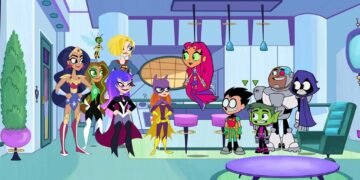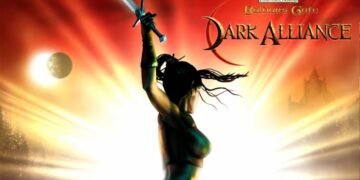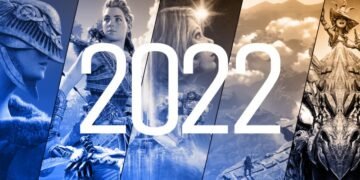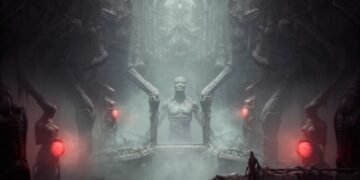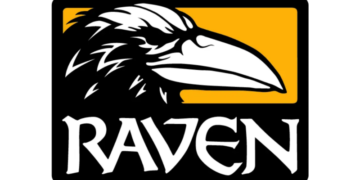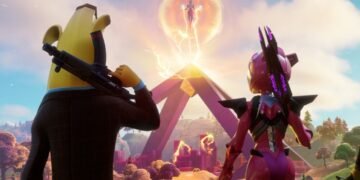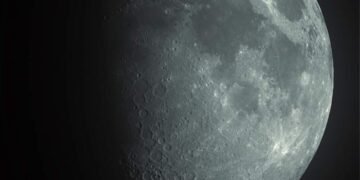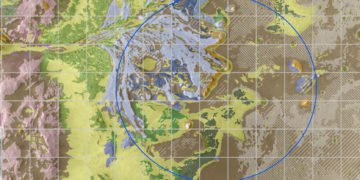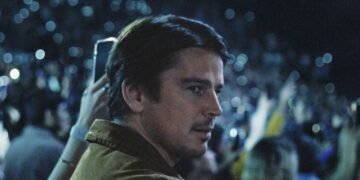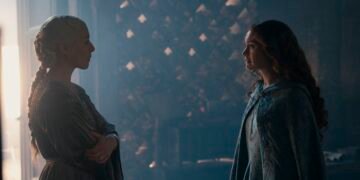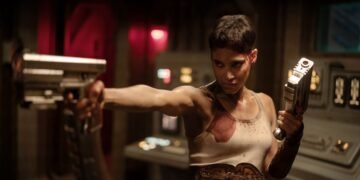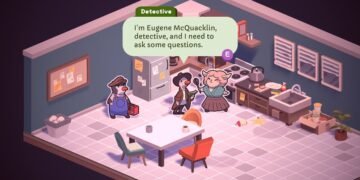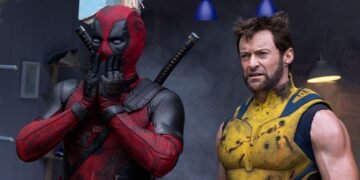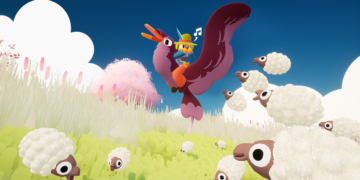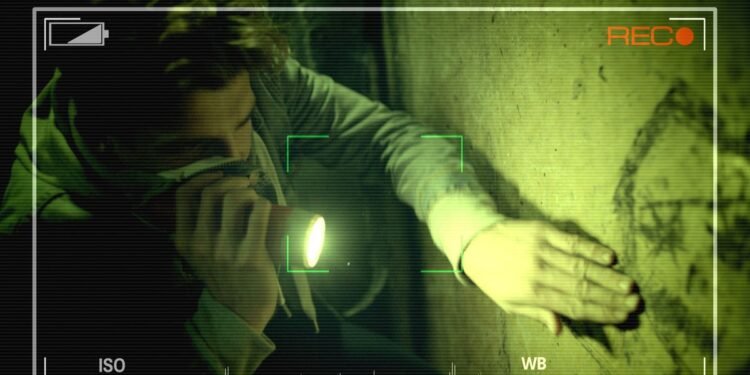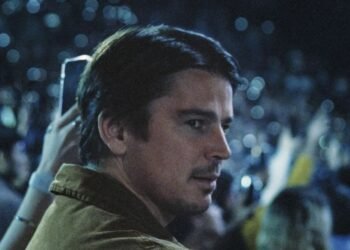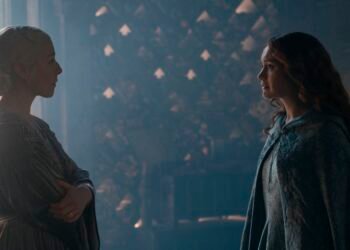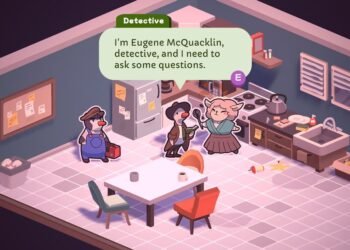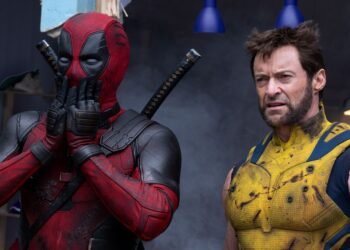Horror might be the genre best-suited to the short-film format. Tension and suspense are both good and worthwhile, and they benefit from the slow-burn, long-form approach of horror directors like Guillermo del Toro, Ben Wheatley, or Jennifer Kent. But straight terror? Terror is an instantaneous reaction that allows for compressed storytelling, and anthology films like Scary Stories to Tell in the Dark and The Mortuary Collection leverage this quality to their benefit. Each of those anthologies offer up scares in increments of 20 minutes or so, from the former’s exploding spider bite to the latter’s elaborate babysitting frame story. The buildups are quick, and the payoffs are satisfyingly unsettling.
The latest offering in this subgenre, Shudder’s anthology horror collection Deadhouse Dark, relies on that same approach for its six stories loosely linked by a general fear of the “dark web.” But aside from a couple of exceptionally shocking moments, Deadhouse Dark is a shaky collection that doesn’t take advantage of the unique interconnectedness an anthology format can offer.
Most movies about social media take a broad “relying on technology is risky” angle: either literally, like Henry Joost and Ariel Schulman’s Nerve, or figuratively, like Gia Coppola’s upcoming Mainstream. Deadhouse Dark falls somewhere in the middle, with horrors both tangible and disembodied. For the most part, the film’s six stories share a predictable commonality: the suggestion that our desire for attention, as filtered through social media, is our greatest weakness. Explicit sources of danger include immediately trusting people met online, and craving approval from strangers. And Deadhouse Dark does have a bit of an afterschool-special vibe in the installments “No Pain No Gain” and “The Staircase.”

Photo: Shudder
But in its strongest entries, Deadhouse Dark doesn’t focus on technology itself as the danger — it mines features from the friction between our trust in technology and the natural world’s refusal to submit to its authority. (See also: Wheatley’s In the Earth.) Deadhouse Dark starts off strong with “Dashcam” from director Rosie Lourde, in which two sisters returning home from a Halloween party come across an abandoned car on a forest road. Through the dashcam footage, we see the older sister get out and inspect the scene, while her younger sister takes pictures of the wreck from inside; the duality of the dashcam and the cellphone creates an unnerving sense of simultaneousness. “Dashcam” carries that doubling through to its surreal conclusion, which rearranges all those elements — the dark forest, a girl lurching along in a blood-covered dress, howls and screams reverberating through the woods — into an effectively creepy tableau.
The later installment “A Tangled Web We Weave” is similarly winning because of the genre conventions it upends. While Nicolas Hope’s David prepares for an in-person date with a woman he met through a dating app, he hears a scratching noise in his home. Does he have a rodent problem? As he obsesses over the tiny trespasser, writer-director Enzo Tedeschi shares clues about David’s obsessive sense of order: stacks of soup cans in his pantry, lines of rat traps along his kitchen floor. When Ellen (Barbara Bingham) arrives for their date, she also senses something is off, and then the story shifts in a subversive direction.
“A Tangled Web We Weave” is a nod toward the revenge-focused films that have prioritized female characters in horror since the 1970s. Its ending, like that of “Dashcam,” smartly uses technology as a tool for documentation rather than as something inherently perilous — the mistake made by installments “No Pain No Gain” and “The Staircase,” which are disappointingly banal. And Joshua Long’s grotesque concluding section “My Empire of Dirt,” which focuses on a character refusing to die while surrounded by a hoarder’s paradise of decay, has nothing to do with technology at all. Anni Finsterer’s hoarsely wet cackle as the corpse-like Grace, her lungs filled with fluid and her body covered in sores, will haunt viewers, but what does “My Empire of Dirt” have to do with the rest of Deadhouse Dark?

Photo: Shudder
That inconsistency in terms of narrative theme and overlap is the most frustrating thing about Deadhouse Dark, which explicitly links “A Tangled Web We Weave” and “The Mirror Box,” but fails to weave together the other four installments. That lack of connective tissue is a detriment, and it results in Deadhouse Dark lacking the cohesiveness of other horror anthologies. How should these stories be considered and compared, or taken in as a whole? Deadhouse Dark avoids those questions, and the technical experimentation of “Dashcam” or the nostalgic feel of “A Tangled Web We Weave” don’t make up for the lack of a greater congruence. There are intermittent terrors here, particularly the grimy exploration of mortality’s limits in “My Empire of Dirt,” but otherwise, Deadhouse Dark fails to hang together.
Deadhouse Dark is now streaming on Shudder.







